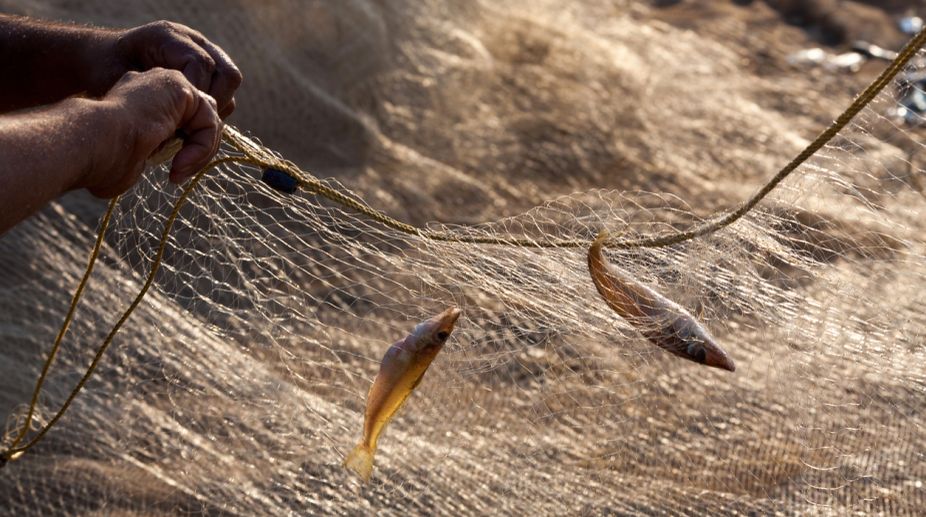City filmmaker documents farmers’ movements in US, India
In India too, the farmers organised their march to Delhi with MSP as their primary demand, early this month.

Representational Image (Photo: Getty Images)
The department of fisheries has chalked out an ambitious plan to promote pisiculture in the water bodies of the Nilgiri area that are created by abandoned quarries.
These water bodies are often more than 50 feet deep and are formed in quarry sites after extraction of stone materials. The deputy director of fisheries, Sashikanta Acharya, said: “the local MLA of Niligiri Sukanta Nayak had mooted the idea and a proposal has been formulated by the department to use the abandoned quarries.”
Advertisement
“The proposal has got the approval of the government and six such quarry areas have been identified for pisiculture in Mahisapata village,” he informed.
Advertisement
The wells where rain water remains around the year could be best utilised for fresh water pisiculture.
“As per the plan, caged pisiculture, mainly of pangasius variety, would be undertaken in these water bodies by the newly formed societies. The area of water bodies formed in six abandoned quarries is around 15 acres. Each acre would produce three tonnes of fish per annum. The department would provide the society members fingerlings and training about the cage pisciculture,” said Acharya.
“While one water body of 100 acres is formed after extraction of stone from the quarry, the other wells are between 10 to 12 acres in size,” said a department official.
“Total ten cages would be used for 15 acres of water body. In the 100 acre water body, four cages would be installed in the remaining water bodies one cage each would be used. Each cage made of polyvinyl would cost Rs 3 lakh which would be given to the society farmers by the department ,” said an official.
“Each society should have at least 51 members. The two societies which have been formed have adequate numbers. The one formed for the 100 acre body has 63 members and the other society has 55 members. The societies would be given long term lease of these water bodies,” he said.
Advertisement